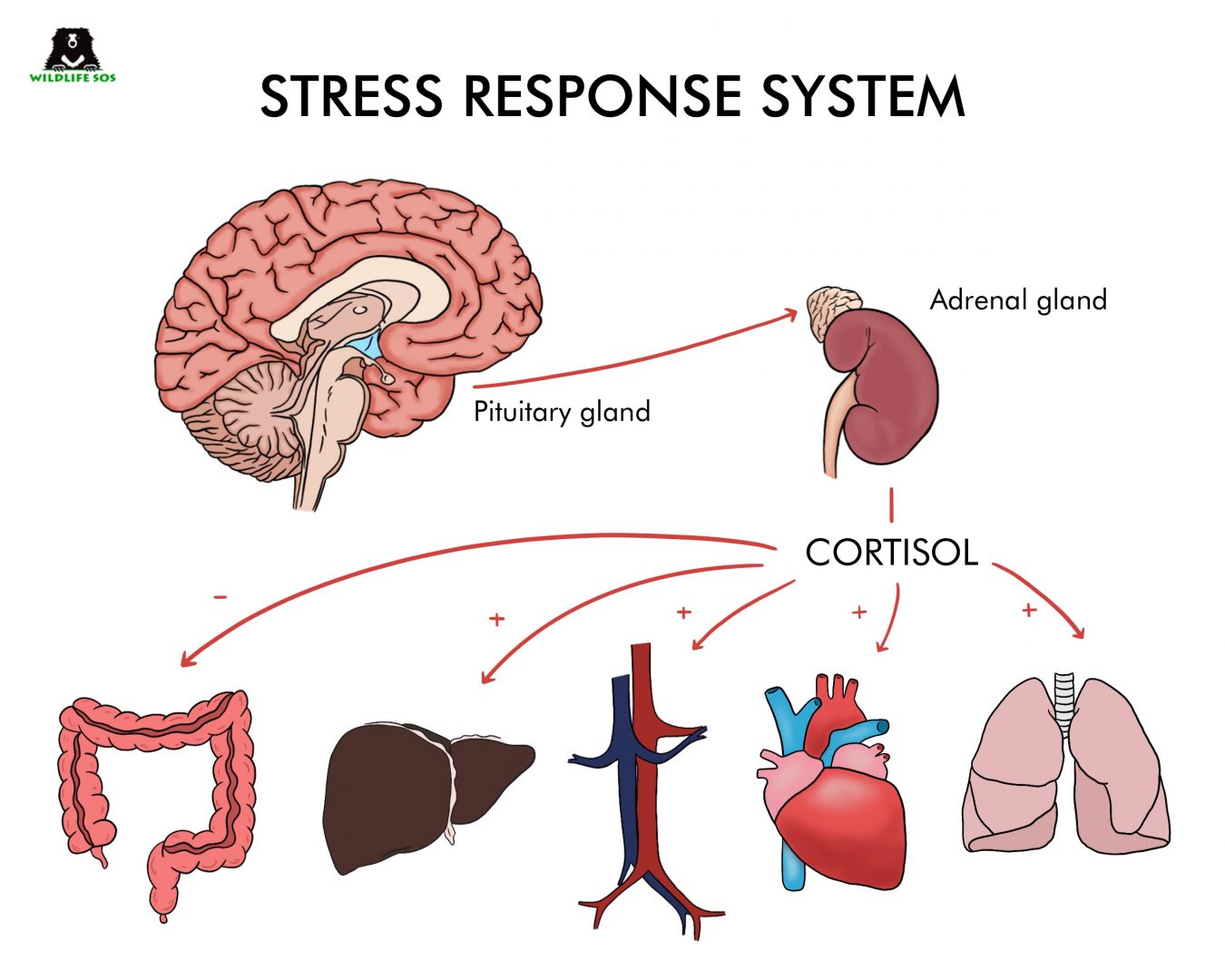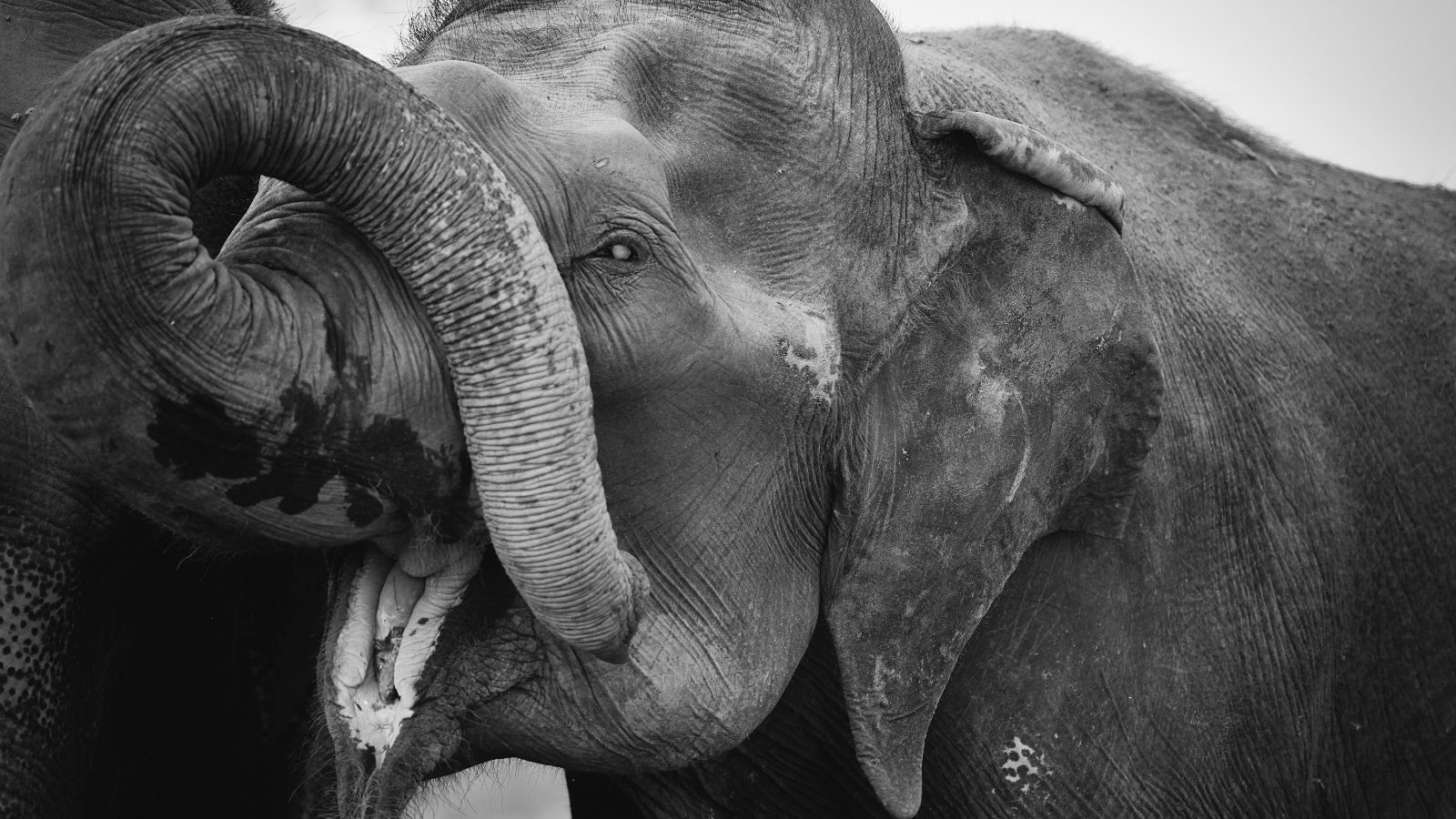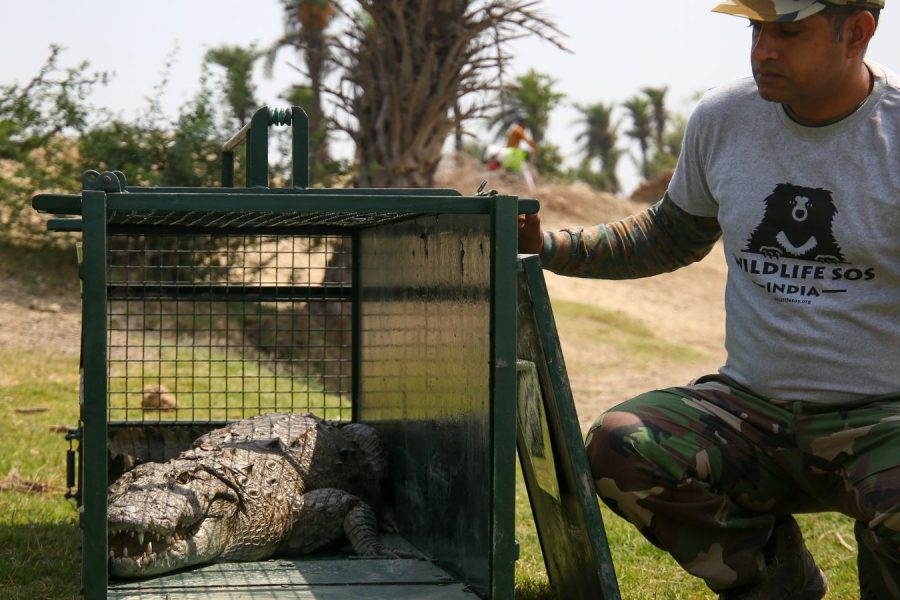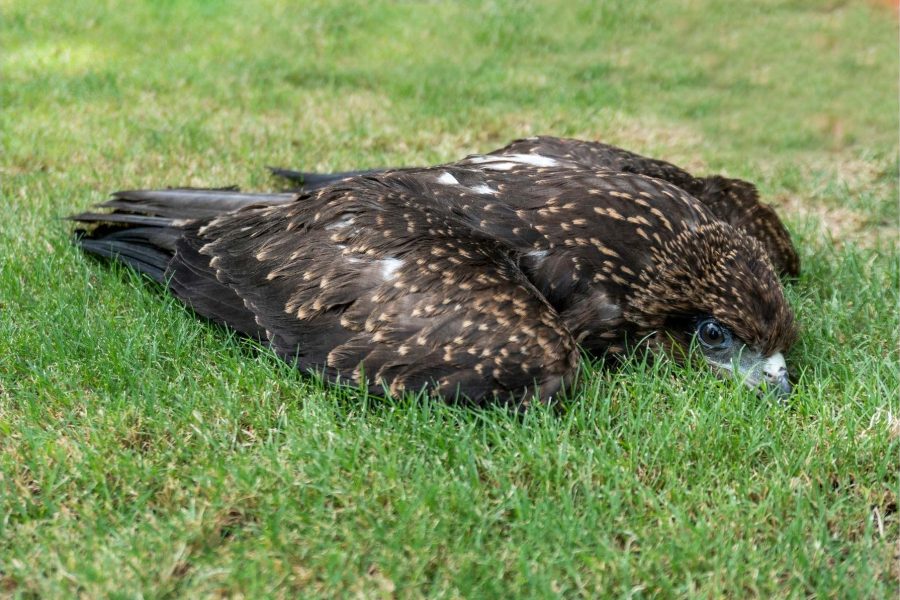What is trauma? Conveying a deeply disturbing or emotionally damaging experience with long-lasting psychological impact, trauma is regarded as a primary factor behind mental health issues. The word has been used as an anthropocentric concept for time immemorial. However, did you know that trauma can be experienced by different animals as well?
Trauma can manifest itself in many ways, whether it be physical (through wounds, scars or injuries) or behavioural, that stems from inner stress. There has been growing evidence of PTSD or post-traumatic stress disorder in various organisms. Research has revealed that wild animals like stingrays, hares, and zebras exhibit signs of PTSD after narrowly escaping predators.
An additional layer of distress plagues animals in captivity, many of whom are pulled apart from their homes, families, and natural ways of life. Dolphins used for tricks and entertainment are forced to live in enclosures that are several times smaller than their natural environments. Elephants, that often go up to 20 kilometres on foot in the wild, are compelled to beg and perform in circuses, diminishing the space they require by a huge margin.
Animals in conflict situations have exhibited varying signs of behavioural trauma. Researchers, ranging from psychologists to ecologists, have noted peculiar behaviour as a result of captivity, and current findings link this behaviour to alterations in brain structure and function. Wildlife SOS’ rehabilitated sloth bears and elephants that have been through horrifying situations, and many of them remain scarred by their tragic experiences.
Where Does Trauma Stem From?
Asian elephants are social animals and are dependent on their families during most of their youth. Now imagine a calf, torn from its family, forced to dwell alone in confined, urban spaces. The soft sounds and scents of its forested home are replaced with screeching vehicles and the merciless jabs of a bullhook.
Through the cruel process of phajaan, the young elephant’s spirit is broken through pain, fear and forced solitude as it is forced to obey its captor. Reduced to a shadow of their glorious selves, many of these animals withstand unbearable torture till the day they die. Timely information leads to many of such pachyderms being rescued. While they are provided with better treatment after being saved, the terrifying experiences of the past take ample time to depart.
Similarly, the 400-year-old barbaric practice of ‘dancing’ bears involved the separation of sloth bear cubs from their mothers. Their spirits too, would be broken. Forced to physically move in a spectacle that resembled ‘dancing’, only a few are aware that these bears were controlled through the painful jerks of the rope that was thrust into their muzzles.
Never knowing the wild spaces their ancestors inhabited, many of these bears lived an entire lifetime tethered to this rope. To prevent this from carrying on, Wildlife SOS drew a curtain on this cruel practice in 2019 and has successfully rehabilitated 628 bears at four of our rescue centres. However, with festering wounds on their bodies and agonising scars in their minds, these bears needed urgent care to restore them to a semblance of happiness.
Similar stories define the lives of many other animals in captivity. Humans have the ability to speak up or enlist themselves for counselling sessions, but the trauma of these voiceless animals often goes unheard. To a professional eye, however, symptoms of an animal’s traumatic past can be deciphered through the visible display of stereotypic and aggressive behaviour.
Symptoms of Behavioural Trauma in Animals
You may have come across videos of elephants at a wedding. Perhaps it was bobbing its head, and you wondered if it was just vibing with the loud music. Well, nothing could be farther from the truth. Head-bobbing is a classic case of stereotypic behaviour. Elephants use repetitive, meaningless movement of their heads to display the immense stress they are undergoing.
Head-bobbing, swaying from side-to-side, the swinging of the trunk, moving back and forth — all these signify the trauma the elephant is undergoing as a result of an unjust past. In the wild, Asian elephants, being social animals, are often comforted by the soft touches of their brethren’s trunks if they experience stress. However, captive elephants used for begging and as circus elephants are denied this solace since they are kept isolated and confined.
The persistent stress of being in captivity and having no control over their surroundings affects an animal’s behaviour. Significant parts of the brain are impacted, such as the hippocampus, which manages memory functions, and the amygdala, which processes emotional responses. A captive and abused animal’s recollections and feelings are therefore often erratic.

Different animals have different ways of showcasing their anxiety, which can be measured through high cortisol levels as well as their mannerisms. Some animals have even been observed to develop unpredictable emotional states. They display aggressiveness by pouncing on other individuals of the same or different species. Self-injury is common in many carnivores going through such trauma.
Additionally, persistent mental stress alters the serotonin and dopamine levels in an animal’s brain. This, in turn, can cause repetitive and frequently harmful behaviour that results in a loss of energy. Animals display a reluctance to eat or even move, despite no overt physiological changes.
A New Lease on Life
Identifying behavioural trauma in animals is trickier than spotting physical abuse, and rectifying them is even more so. To ensure that rehabilitated sloth bears and elephants at our centres have the right environment to heal their mental scars, Wildlife SOS takes several factors into consideration:
1. Freedom: One of the leading causes of trauma is a lack of space. As Asia’s largest animals, elephants need vast forested lands to move around in – as opposed to their captive cousins, who are confined to a small space for most of their lives. In order to boost their physical and psychological well-being, our rescued elephants go on long walks twice a day. Spacious fields provide plenty of opportunities for them to forage and hone their natural skills. For rehabilitated sloth bears, their fields consist of a number of trees they can climb on, and open areas where they can use their unique claws to hunt for insects.
2. Enrichments: Environmental enrichment is the process of creating stimulating habitats for rehabilitated animals. As a part of this, the caregivers of elephants and bears at Wildlife SOS create several interesting objects in surroundings that are akin to the wild to promote the animals’ natural behaviours. These objects are designed as food-based, olfactory, and structural enrichments. Structural and olfactory enrichments simulate an animal’s natural environment through sight, touch and scent. Food-based enrichments improve cognitive functions and lower stress. This type of enrichment also keeps the animals highly engrossed as they think of interesting ways to get to the concealed treats.
3. Positive Conditioning: Most animals in captivity grow up without a comforting word or gesture. Naturally, to them, human beings become the symbol of oppression and cruelty who communicate with the strike of a bullhook or the tug of a rope. It takes a lot to replace fear with trust when it comes to caring for elephants and bears. Positive conditioning is therefore undertaken at our centres. Our staff uses treats to motivate bears and elephants under our care to help them to cooperate as we conduct examinations and medical treatments on them. With the incentive of receiving a delicious reward, animals respond well during nail trimming sessions, foot pad examinations, collecting blood samples or regular checkups. This method also allows the animals to bond with their caregivers.
4. Socialisation: Some animals like leopards and male elephants are solitary by nature, and are dependent upon maternal care only in their formative years. Others, like female elephants, are strongly dependent on each other’s companionship. In fact, many of our rescued female elephants have become essential pillars of support in each other’s healing journeys. Whether it be the blind, elderly Arya’s companionship with the younger Zara, the bond between Maya and Phoolkali or the sisterhood of Coconut and Peanut – the loyal relationships shared by these gentle giants warm our hearts.
5. Nutrition and Care: Having been denied proper nutrition during their years in captivity, our rescued animals need utmost care and a well-planned diet to meet their individual needs. Proper nutrition goes a long way in ensuring that their stress levels are controlled, and they remain physically able to live their new lives with content.
You can contribute to the care of animals at our centres too. Become a wildlife warrior today and sponsor a rescued animal!





